By Graham Henry – First Published Rod&Rifle Vol. 1 No.1
Has it a future?
It is now getting on for twenty years since the shooting and recovery of venison for sale began to affect the recreational hunter in New Zealand.
Take yourself back to the time when deer were shot for one of two reasons. Shot either because they were a nuisance or shot for sport by weekend recreational hunters. If you cannot go back this far in your own memory then the period has been documented by writers such as Joff Thompson and Barry Crump. At this time the only real impediment to the private hunter was the deer culling campaign. Today in the knowledge of what meat hunting and lie capture have meant in terms of restrictions on opportunity and access the deer culler does not seem to have been such a bad fellow. Indeed, many shooters joined the culler, usually only for a fairly brief time. All that their brief careers as professional shooters taught these venturesome young men was what any venturesome young woman should have been able to tell them beforehand – anything you do for pleasure only becomes another job when you start to do it for money.
Equipment for your sport did not cause any great debate. A deer rifle was a .303 and the .303 was the deer rifle.
The barrel was usually a bit of a sad sight, either worn enough to look like a .410 shotgun or else so pitted, rusty and fouled as to be a bit hard to see through at all. This lack of a smooth shiny hole up the spout did not deter the uninformed hunter. The answer to the problem of a dirty barrel was usually rather unscientific and was best put into words by a rough Australian who I overheard on Trentham rifle range one morning. While everybody else was carefully wiping out their barrels he took a quick glance up the sharp end and pronounced, “The first cracker will clear her”.
Ammunition was no more of a problem. You shot your deer with Mk VII military cartridges with a full-jacketed bullet. Soft-nosed commercial bullets were available and the knowledgeable spoke of aluminium tips or hollow points while the adventurous cut the points off solids with a pair of pliers. The average shooter just used the military ammunition as it came and if the first one did not stop your deer then there were more in the magazine ready to follow it.
Learning to stalk and shoot was not a great problem either because you could expect to see game several times during the day and a mistake made either in approaching the animals or in firing the shot only meant another hour or two’s walk until the next chance made itself available. The hunter of twenty years ago could therefore teach himself to hunt, learning from his mistakes as he went along.
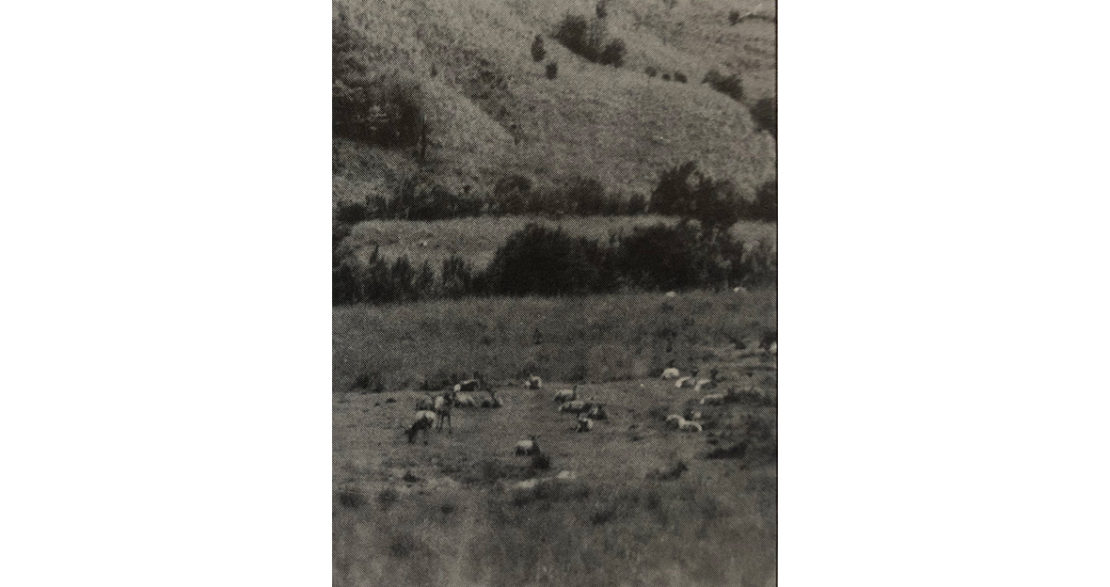
Access to an area suitable for shooting was not anywhere near the problem it is today. There were farmers that would not allow shooting but responsible shooters would usually be given permission to cross these farms to gain access to public land beyond. Our shooter of twenty years ago could therefore be in a position to shoot a deer without having to travel far to a suitable area and having reached such an area he did not then have to travel a great distance on foot to find game.
When meat shooting got serious in the sixties access very quickly became a serious problem. Most private land was closed to the sporting shooter, either because the farmer could make good money shooting the deer on his property or else because he could come to a mutually profitable arrangement with a meat shooter who was given exclusive access rights. Some farmers still allowed a private shooter to take an animal if he was using the meat for his own family and others would allow passage across their land on promise of carrying an unloaded rifle until public land was reached.
The private shooter who only wanted the sport of the stalk or the meat of one animal for his own use regarded meat hunting as the ultimate disaster and could not foresee anything worse. However, worse soon followed when met hunting became deer farming, ‘Noxious’ animals very quickly became ‘wild’ animals and everybody wanted to own what nobody had been allowed to own. Deer now are not only ‘farmed’ in the usual sense of the word but wild stocks are ‘farmed’ by being protected from disturbance to allow a proportion of them to be captured. As well as shooting being forbidden on most private land access was also usually barred as not only did the landowner want the deer on his land undisturbed but he lso wanted the deer from the State Forest behind to come onto his land. Any weekend hunter who still has permission to shoot a deer on private property and carry out the meat for his own use is a very fortunate person today.
What then is the position of the previous paragraphs you may be surprised to learn that I do not consider deerstalking in New Zealand as we head into the 1980s?
After the pessimism of the previous paragraphs you may be surprised to learn that I do not consider deerstalking to be doomed. Indeed, with the proper attitude of mind to the sport I consider it to be will worth the time and effort expended. To make myself clear remember that what we will now be discussing is the recreational and sporting value of hunting and stalking a wild and elusive animal. We are no longer discussing what used to be called deer shooting.
Deer shooting was shooting at deer, lots of deer. Shooting them for skins, tails, meat for fun. Shooting them time and their place in New Zealand and were all through to be justified by those doing the shooting at the particular time.
Deerstalking is what the sportsman of the 80’s will have to do. He will be hunting for one animal. Either one animal for venison or for one particular animal for a trophy.
In almost any other country in the world the hunter thinks only of shooting one animal. One for food because all the edible meat from a deer is plenty for one man to carry or one animal for a trophy because the ethics of the sport even more than the laws of the country would only allow one animal to be taken. New Zealand once needed many animals to be killed but now commercial pressure has reduced the deer numbers to the point where the sportsman can be just that, a sportsman. He can now take his place in harvesting a valuable crop. The Government and the farmers once wanted a noxious animal destroyed before it sent the hill country farmland down the rivers to the sea. The average New Zealand hunter helped by putting a bullet through every deer he saw and counted the success of his weekend the same was as the culler counted the success of his week, by how many he got.
Now the powers int he land want a resource controlled and managed to provide a valuable return. Consider the position of a hunter who once shot many deer in a weekend and received from a grateful Government three rounds of .303 ammunition for each tail. It is not too hard to envisage the time when if he shoots more than the one animal he can carry out he could be accused of wasting the country’s resources. Could he be legally barred from shooting any? The pressure on Government to set aside the areas of public land exclusively for live capture has so far been resisted but until deer farms are fully stoked the pressure will be there.
What then of the young man thinking of starting deer stalking today, is it going to be worth it? If he continues to think in terms of New Zealand’s past the answer is no, his gear will cost more, he will have to travel further to find an area where he can get legal access and he will have to spend more time in hunting. If, however, he has adjusted his thinking, believe his reward for spending his time in our mountains and bush can be as great as that enjoyed by any outdoor man of previous years.
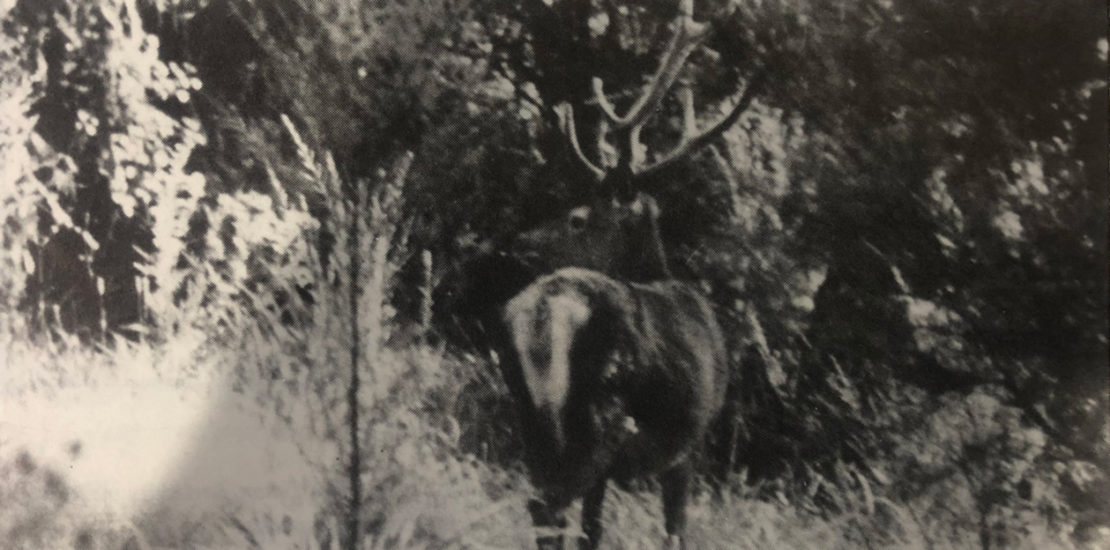
By the standards of most other countries, New Zealand is still a great country for anyone wanting to shoot wild game. We have fifty-two weekends every year to go hunting, a very low population density and a great area of public land available to hunters. In many other countries where public hunting is available short seasons and hunting pressure give the ordinary man a small chance of securing his deer a year. What we read in overseas magazines is generally written by professional outdoor writers or by hunters who have the money and time to follow their sport around the world. The ordinary man working in the cities of most countries of the world does not have the chance to leave on any Friday and return on Sunday with twenty five kilograms of venison in his pack.
The fact that overseas hunting is available to only the wealthy or socially acceptable has however led to their development of a code of hunting ethics that is far in advance of any such code that generally prevails in New Zealand. Success is rated highly but only success achieved by accepted means and the breaking of the code of ethics means a stalker will not again be invited to hunt. This regard for the sport is probably far more effective in controlling hunting practices than are the actual laws of the land. In New Zealand this controlling factor has largely been lost as commercial pressure has led to the acceptance of the idea that if you don’t shoot the deer then someone else will so you might as well be in.
To raise himself above the level of the commercial operator the sporting shooter is going to have to accept the idea that the hunt and not the kill is the thing.
The stalker of the 80s will equip himself with good gear, his rifle will be correctly sighted in before the hunt and he will hunt carefully. When a deer is located he will have to make the stalk with infinite care as the animal being stalked may be the only one he will see for the trip. When the time comes to shoot the hunter will know that he will probably only have time for one shot. That one shot will therefore be carefully fired from the steadiest position that can be found and every effort will be made to kill cleanly.
Once the animal is down the hunter has achieved the success he has been seeking but it does not end there. The fallen animal should be gutted quickly the meat hung to cool and every precaution taken to ensure the maximum amount of venison is saved. New Zealand does not need a law such as that of Alaska requiring that all game meat be recovered but neither does it need hunters who shoot deer and leave them to lie. Such wastage would be good propaganda for commercial operators who could point to the loss of a valuable animal or carcass in comparison to the full utilisation of the animal the secure. This, however, should not be the reason the hunter limits his kill. The real reason should lie with the idea of the stalk as the sport. The satisfaction is in the defeat of a cunning adversary not in the killing of an animal.
Commercial operators will ensure that deer numbers remain low and it is with this low deer population that he hunter of the 80’s will have to learn to live. The pleasures of being out in our great outdoors will be available to all those who wish to make the effort but the satisfaction of the successful hunt will be known only to those who are willing to adapt to the new conditions and develop a level of skill sufficient to enable them to sometimes defeat a wary and increasingly well educated quarry.

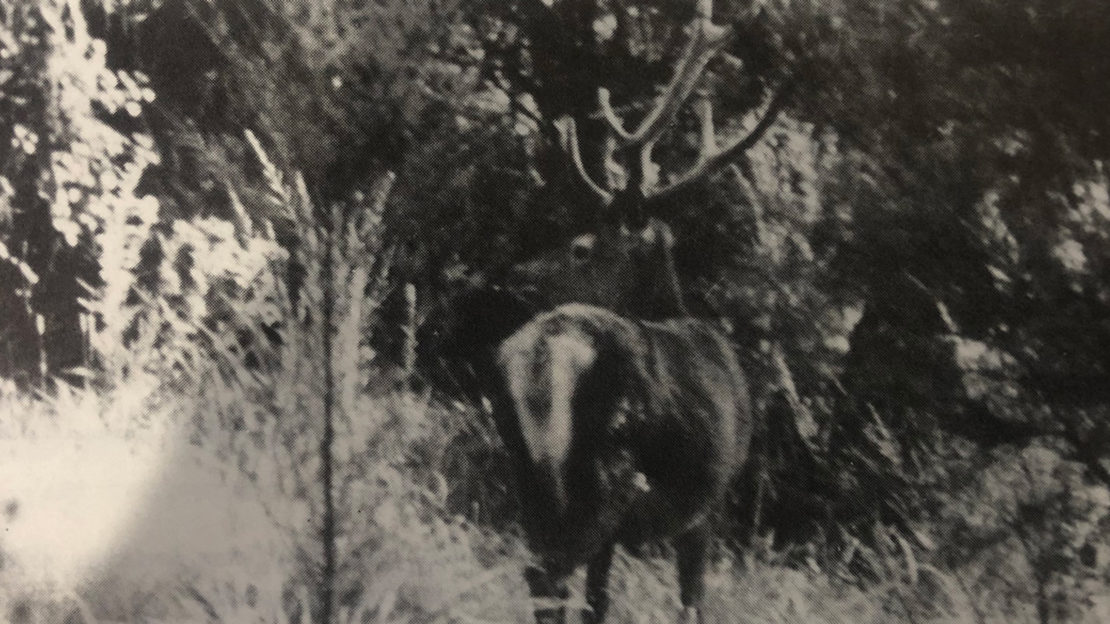
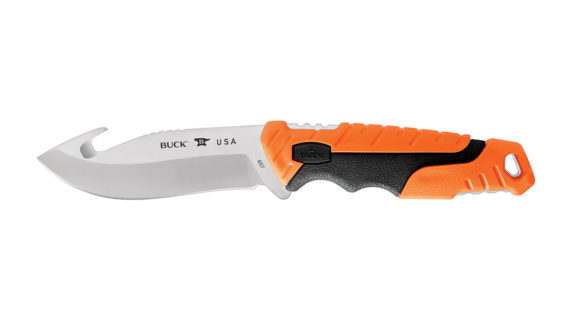
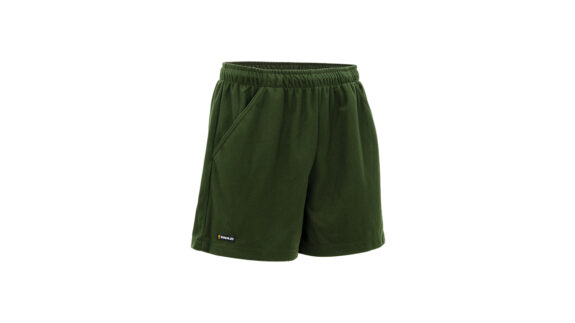

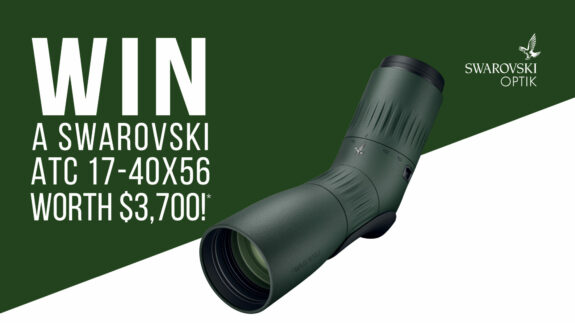
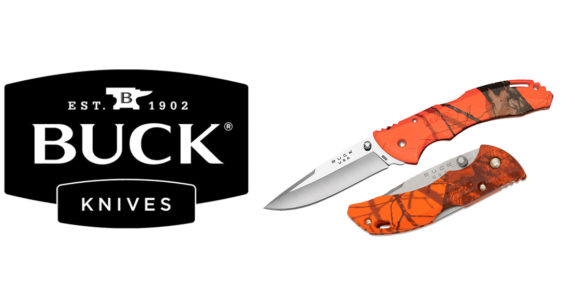
SHARE YOUR BEST PICS #NZRODANDRIFLE